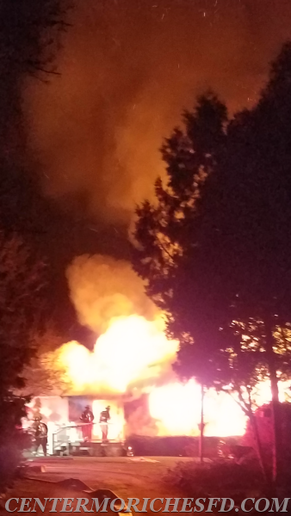showcrop
Well-known Member
For probably a hundred years farmers and rural trades people have been the backbone of the volunteer fire departments, and volunteer departments I believe, still out number paid departments. The thread "Choke???" made me think of drafting at the water hole with an engine or tanker. Drafting can be simple or very difficult. City departments seem to look at it as alchemy, while rural departments train at it regularly. We had a 1963 Mack oil truck converted to a tanker with a PTO pump. You had to really work it to get a prime, RPMs just right, pull the prime pump knob just long enough, then SLOWLY open the discharge to send the water to the tank, while slowly raising the RPMs. I was driving a different tanker one night for a structure fire, and we had an engine company from the full time department in the very big next town at our main water hole to fill tankers. I got there and they were struggling to get water. I heard them looking for a spanner to tighten the suck lines, with lots of cursing and compartment door slamming. Knowing that every city truck in the country has a cloth bucket hanging in the back with a couple spanners and other drafting tools in it, I went and got them their spanners. They could still not get their $250,000 engine to draft. Finally I told them to just give me what they had on their truck, and I went back with that. Fortunately the fire was out by then. A member of that department was a deputy on ours at the time. A few days later he told me that they were not going to even try again to draft. Call them for anything else, but call another rural department for drafting.


